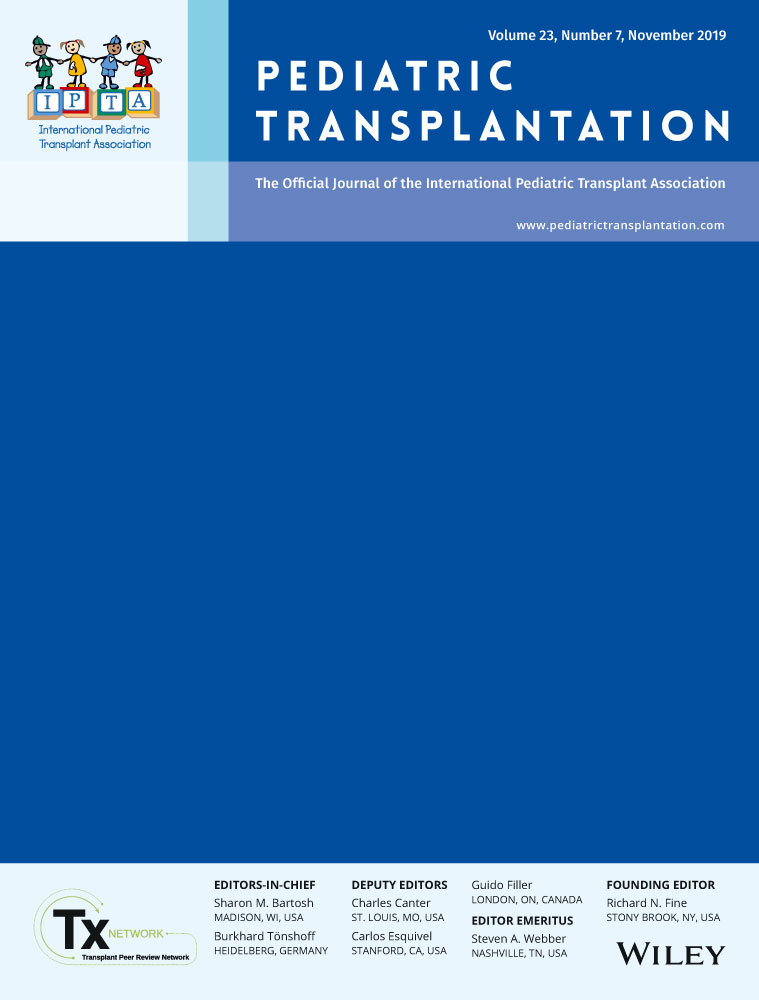Case report series of a novel application of neostigmine to successfully relieve refractory ileus status post-pediatric orthotopic liver transplantation
Abstract
Post-operative ileus is common after abdominal surgeries. Children undergoing liver transplant are at increased risk of ileus for various reasons including multiple abdominal procedures and use of narcotic medications. Ileus can lead to abdominal compartment syndrome and compromise the integrity of the liver graft. In some of these patients, ileus is resistant to standard therapies including stool softeners, bowel stimulants, enemas, and even methylnaltrexone. Neostigmine has been shown in pediatric case series to be efficacious in some children for refractory post-operative ileus. We report three children (9 months, 3 years, and 12 years old) who developed refractory ileus after liver transplant, with one of them developing abdominal compartment syndrome, who were treated successfully with continuous infusions of neostigmine. Clinical responses included passage of flatus and stool and improvement in abdominal distension. All patients tolerated the infusion without serious adverse effects such as bradycardia or bronchospasm. Neostigmine was used safely in our patients and may be safe and efficacious for the treatment of refractory ileus in pediatric patients after liver transplantation. Neostigmine should be considered early in the treatment of these patients.




